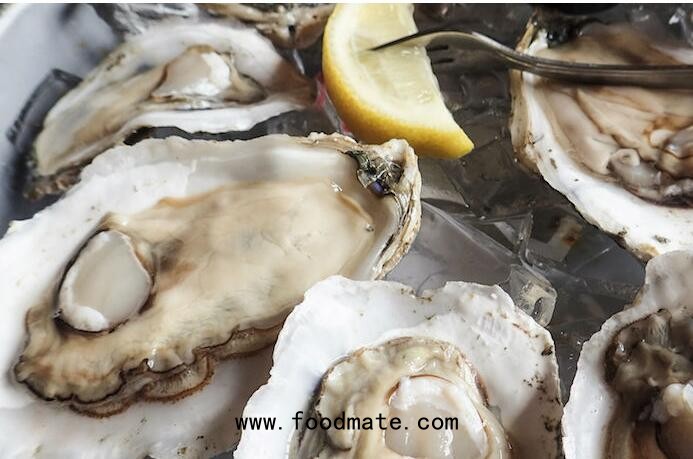
A NOAA-supported research team, led by Oregon State University scientists, is developing a new method to predict these toxic outbreaks on a large scale. Morgaine McKibben, scientist at Oregon State University and lead author of the study, said, “We describe a completely new method to understanding and predicting toxic outbreaks on a large scale, linking domoic acid concentrations in shellfish to ocean conditions caused by warm water phases of natural climate event cycles like Pacific Decadal Oscillation (PDO) and El Nino.”
The study created a climate-based risk analysis model that can predict when domoic acid levels in shellfish will go beyond safe thresholds. The model will be given to officials who make fisheries management decisions in Oregon, Washington, and California.
The ability to predict algal toxin feels in shellfish will help public health officials make decisions to close areas to shellfish harvesting and protect public health. These closings also affect local and state economies. For instance, in 2015, closures in fisheries because of high domoic acid levels caused a $100,000,000 loss to the West Coast Dungeness crab fishery.
Co-author Bill Peterson of NOAA Fisheries said, “This study will help us determine if the increased climate-ocean variability we expect will lead to more widespread outbreaks like the West Coast-wide domoic acid event of 2015-16. If so, we’ll likely see increased domoic acid effects throughout the ocean food web.”
Public health and environmental agencies can use this information to prepare for possible increases in the toxin. Officials can increase monitoring and testing when the model predicts problems may occur.
Domoic acid is a biotoxin produced by a diatom algae. The toxin is usually present at very low levels, but during algae blooms, which increase when the water warms, the concentration increases dramatically. Shellfish, which are filter feeders, consume the algae. The toxin then concentrates in their flesh. Shellfish aren’t harmed by domoic acid. Domoic acid causes Amnesiac Shellfish Poisoning (ASP) in people. The toxin can be found in crab guts, butter, mussels, razor clams, and oysters. Cooking does not destroy the toxin.
The symptoms of ASP include vomiting, nausea, diarrhea, and abdominal cramps within 24 hours. Some people then develop neurological symptoms including headache, dizziness, confusion, seizures, heart arrhythmias, and motor weakness. And some patients suffer permanent short term memory loss.
There is no antidote for ASP. Life support systems are used until the patient’s body processes and excretes the toxin.





